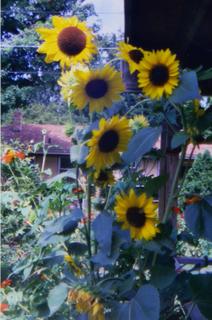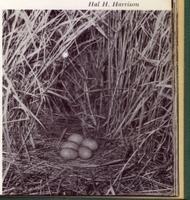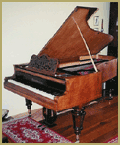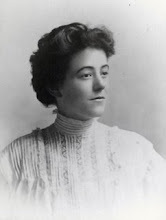 Illustration by
Illustration by Louis Agassiz Fuertes
Order Gaviiformes
Gavia immer immer
Common Loon
(From comments: I love this story. - Cosmic Rays)
By "HP"
I recently had one of the finest moments of my life, and it involved a loon.
I took the family to a friend's cabin "up north" in Wisconsin. They have a place just off an inland lake, near Eagle River. It was dusk of our last day up there, and I had promised the boys, 7 and 5, a canoe ride. We hurried through dinner and made our way to the canoe. I put them both on the forward thwart, each with his own paddle for his side, and I sat in back.
We headed out along the western shoreline of the lake, which made a half-circle, past the youth camp and their moored sailboats, past many cabins and trees and boats and beaches. As we reached a point directly opposite my friend's place, I decided to make a beeline across the lake because by this time it was getting very late. The water was dead calm and we could hear nothing but a few fish jumping, and the distant call of a loon.
As I turned the boat south and pointed it toward the camp, I noticed the nearly-full moon rising in the southwest, reflecting off the mirror of water and framing my view of the boys in the bow of the canoe. We were all stunned by the stillness of the perfect moment, and fell completely silent.
Just then, I caught sight of a loon flying into view just forward and west of the bow. It flew from right to left above the boys and below the moon. We could hear the stirring of the air around its wings as it passed. I paused to enjoy the moment, but also to record it in my mind forever.
I was strangely aware that, no matter what the future held for me as a man or a father or a husband, I would likely never enjoy a finer moment on this earth. We reluctantly paddled through the dusk across the lake, beached the canoe, and enjoyed the rest of the evening, flush with the satisfaction of the things we had seen and the accomplishment of our great adventure to the other side of the lake. We all slept really well that night.












